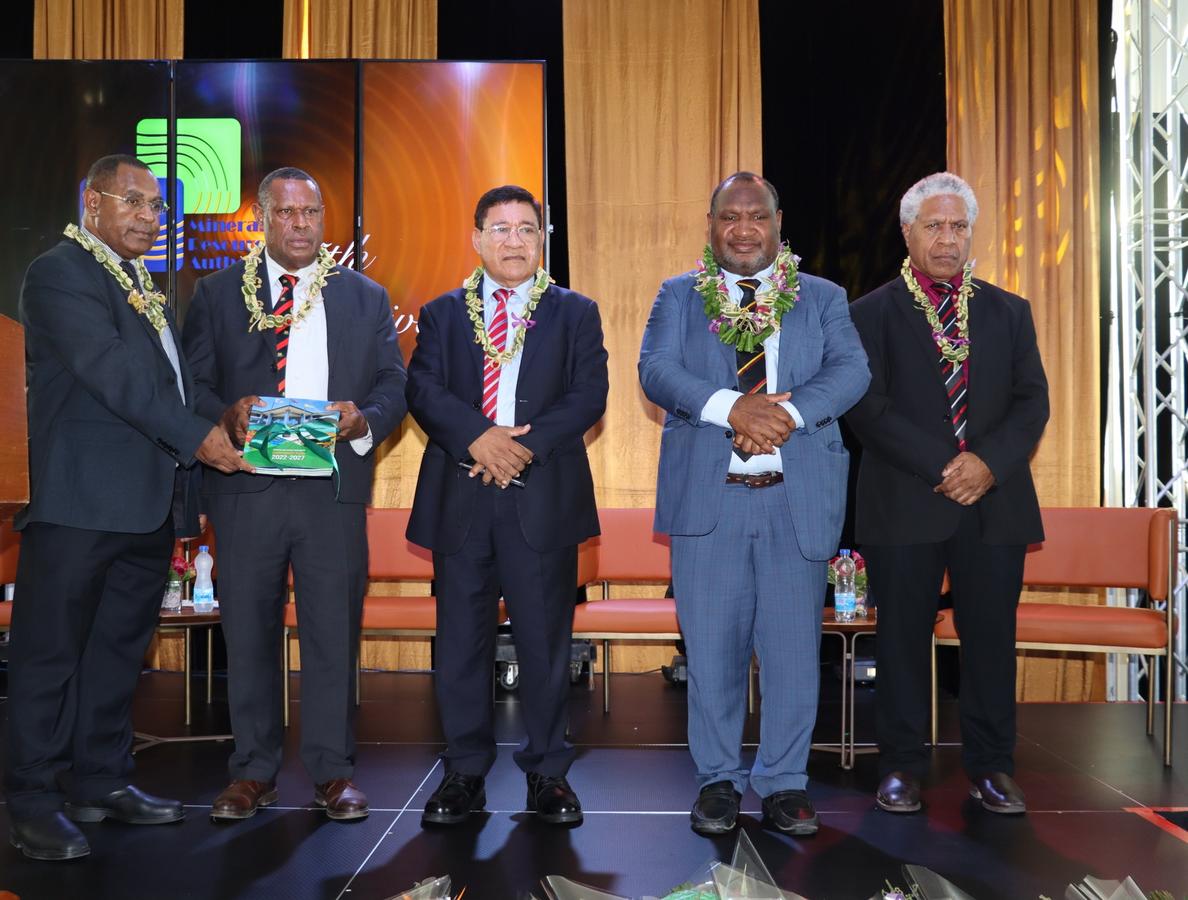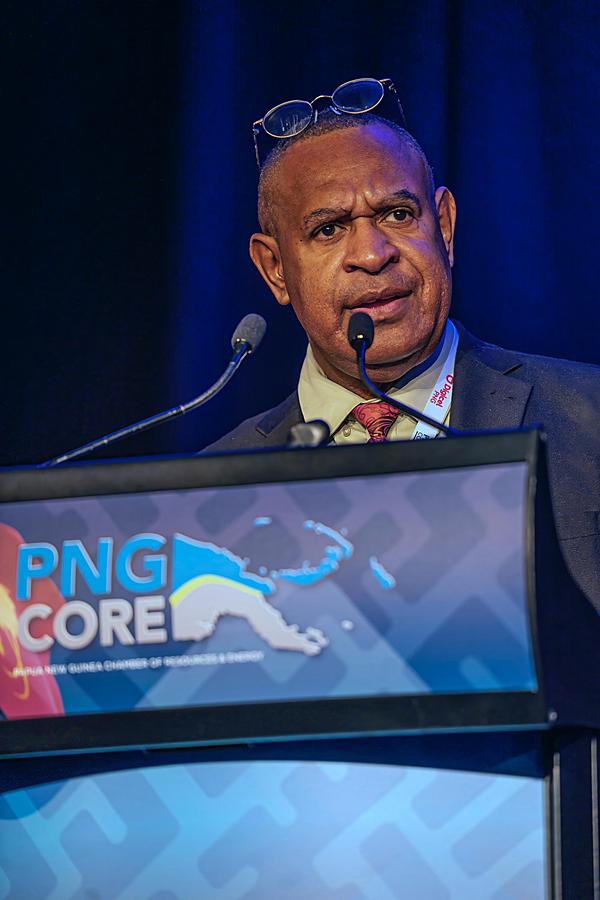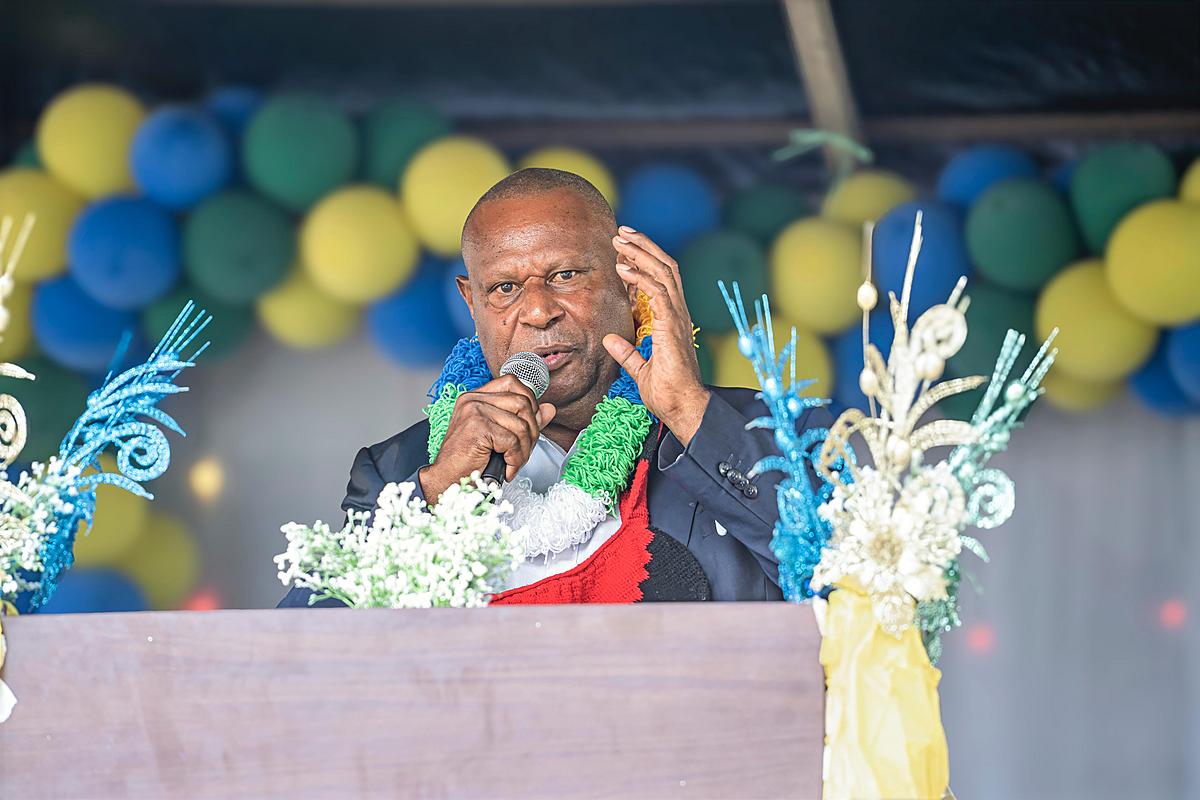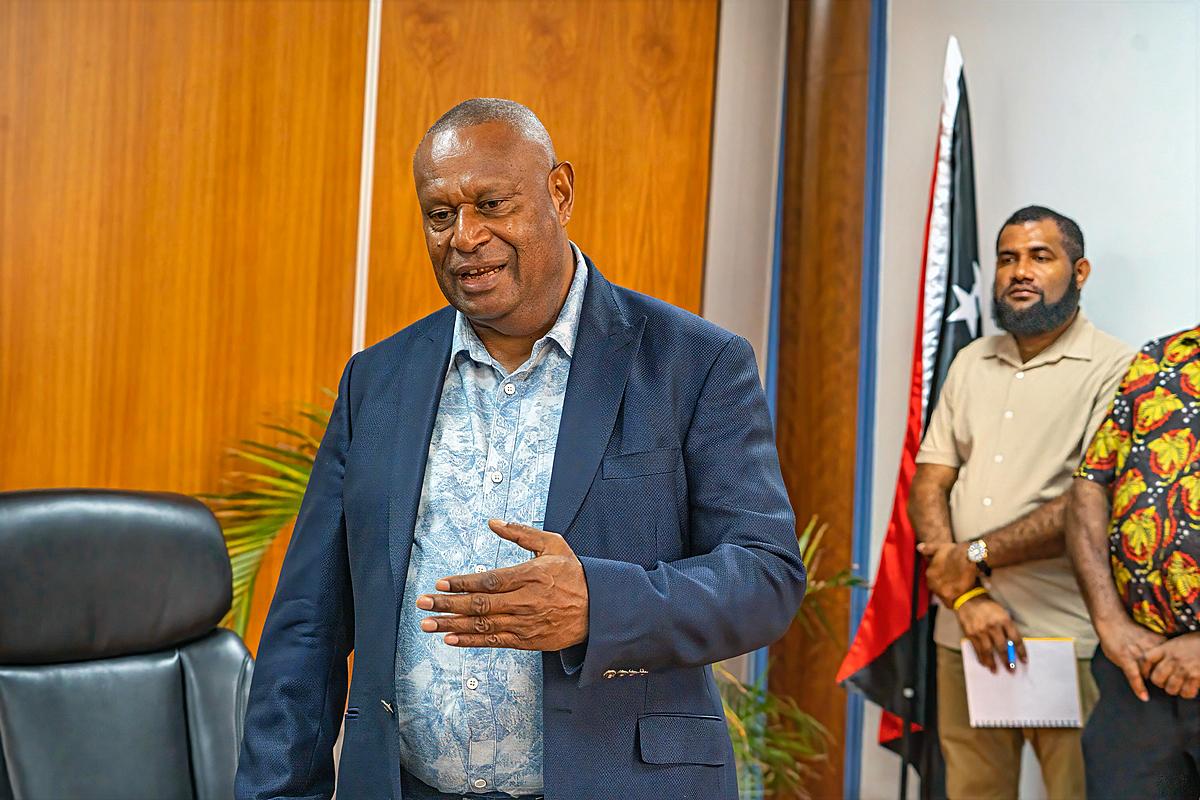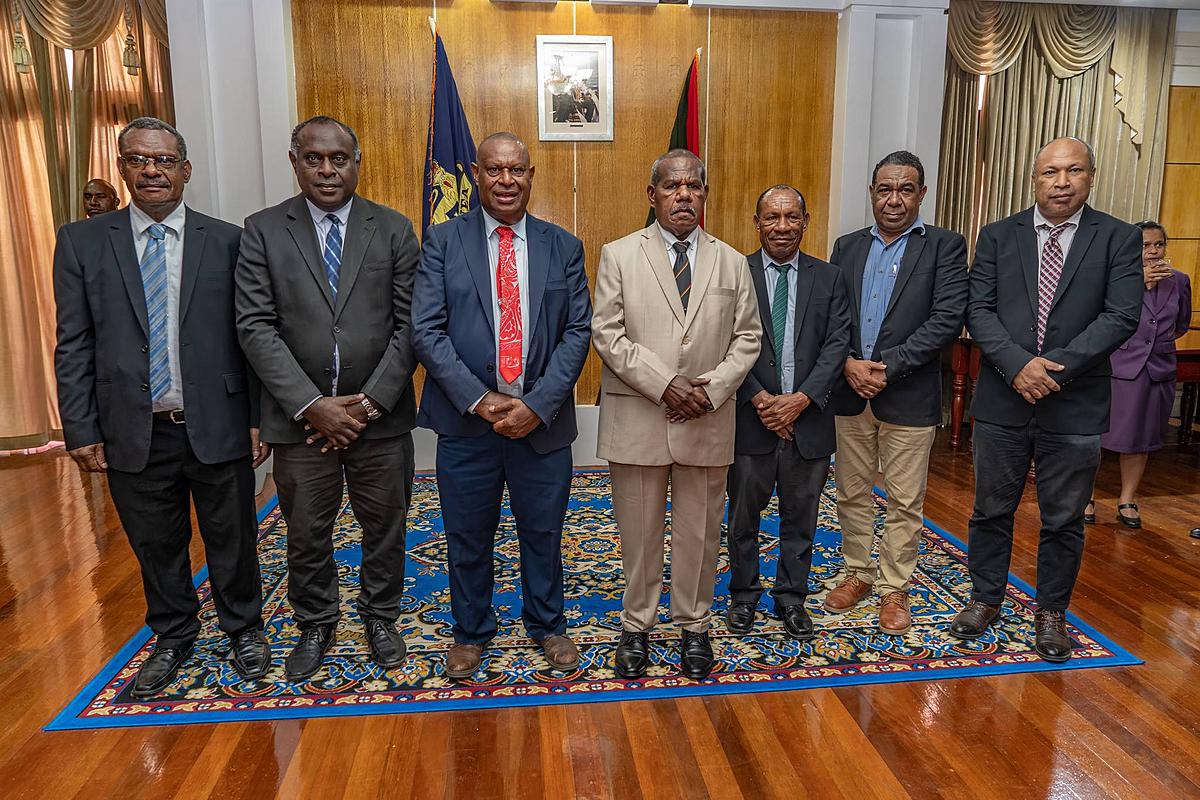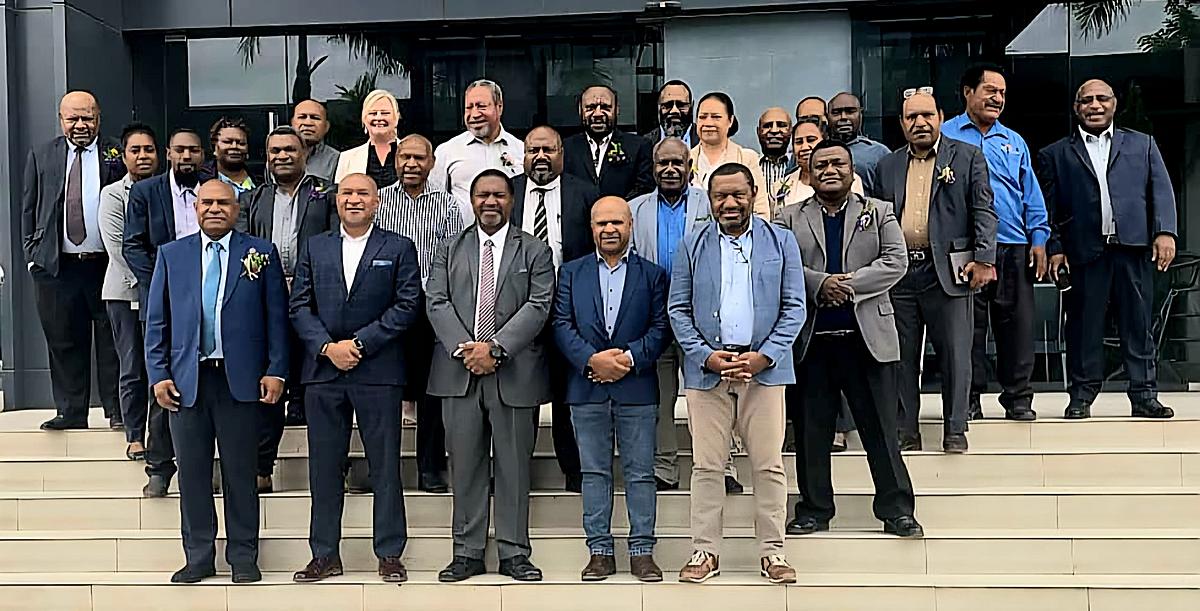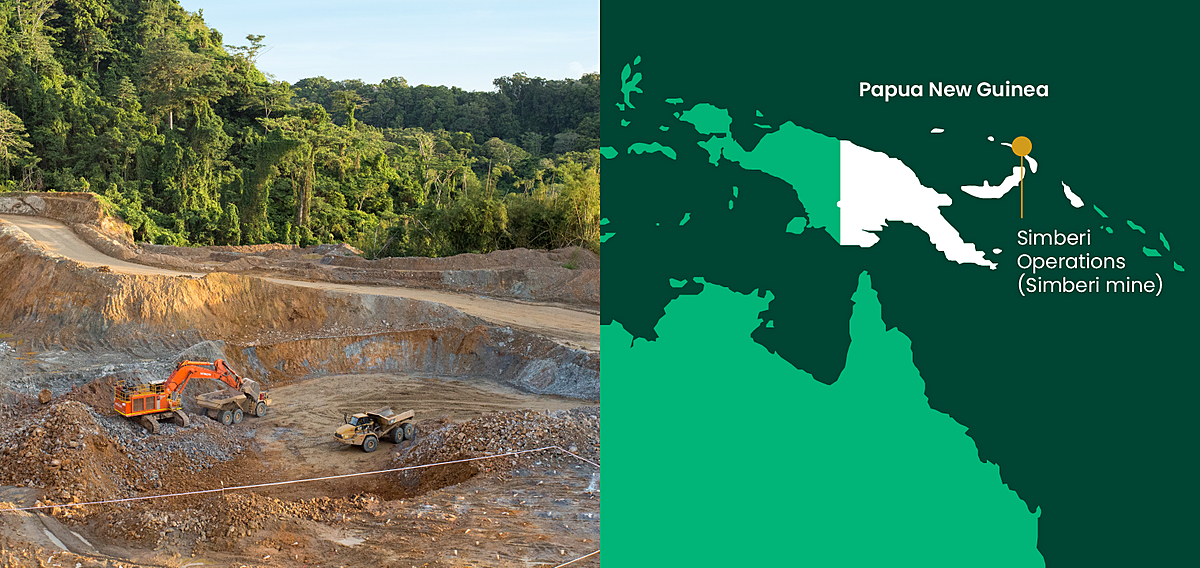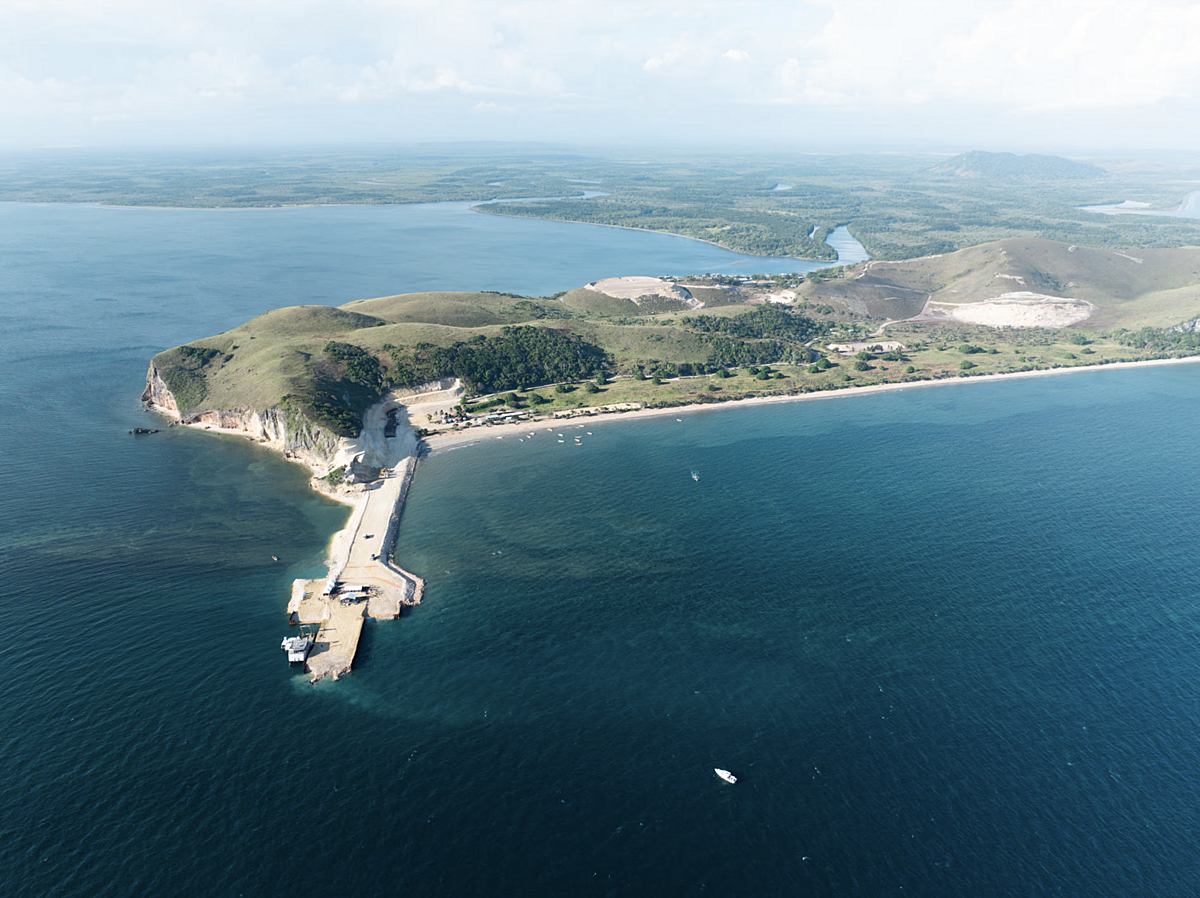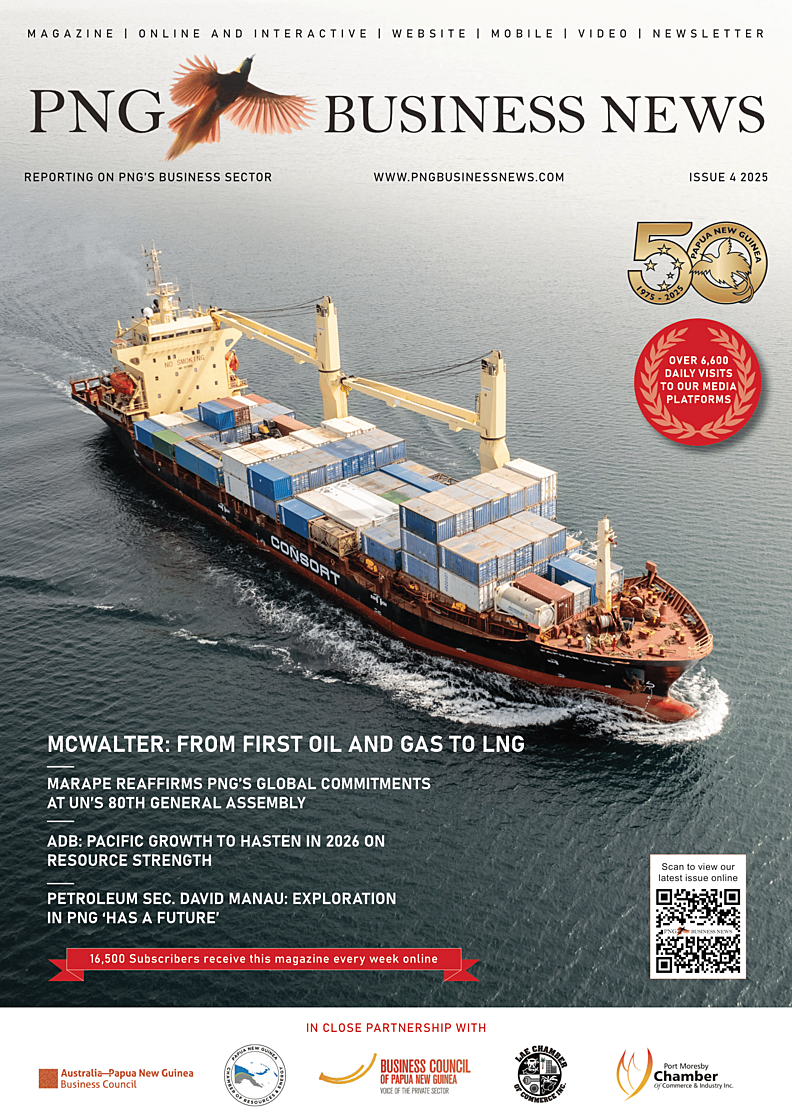Photo credit: MRA
Mineral Resources Authority (MRA) managing director, Jerry Garry, has emphasized the importance of exploration in ensuring the future of Papua New Guinea's mining industry. Speaking at the agency's 15th-anniversary celebration in Port Moresby, Garry highlighted the vital role that exploration plays in the development of mines.
"If you do not have exploration, you do not have a mine," said Garry. "Before MRA's establishment, the total exploration Kina spent on grassroots and advanced projects in the country were well below K100 million per annum. After the establishment of the MRA, the exploration expenditure increased and peaked at around K370 million per annum, that in itself is a testimony in MRA's achievement."
Current advanced exploration projects progressing into mine development stage include Wafi-Golpu, Frieda River, Woodlark gold mine project, Central cement lime project, Oro nickel and cobalt project, and Misima mines. Garry also highlighted the importance of alluvial mining in the sector, which has grown from earning less than K100 million to K640 million per annum under the MRA's supervision.
"Looking at the small-scale mining training center (in Wau, Morobe), they have trained and certified more than 6,000 artisanal miners since its establishment in 2008," said Garry. "That is why we have a K640 million export revenue in this sector, it is the effort of the training center."
While Papua New Guinea's mining industry has seen significant growth in recent years, Garry cautioned that all major mineral reserves in the country will be depleted by 2063. "By 2063, all the major reserves we have in the country will be depleted," said Garry. "That includes Wafi-Golpu and Frieda River projects."
Garry stressed the need to invest in the next layer of deposits to sustain the mining business in the country, stating that the only way to achieve this is to explore deeper. "We need to invest in the next layer of deposits to sustain the mining business in the country," said Garry. "And the only way to do that is to go deep because those deposits or assets in the surface have already been tested."
Despite this challenge, Garry was optimistic about the future of Papua New Guinea's mining industry. "We need to look at the future and the next big thing, and we need to invest in exploration," he said. "The future of the mining industry is very bright, and we can only make it happen if we all work together and invest in the right areas."
Garry's remarks were met with support from industry stakeholders. Peter Graham, managing director of Wafi-Golpu Joint Venture, stressed the importance of exploration to the industry's future. "Exploration is the lifeblood of our industry," said Graham. "We are exploring at depths never before contemplated, and our joint venture has the potential to provide significant long-term benefits to the people of Papua New Guinea."
Similarly, Richard Robbins, managing director of Highlands Pacific, emphasized the need for collaboration between the government and industry to ensure the sustainability of the mining sector. "It is essential to maintain a healthy and collaborative relationship between industry and government to maximize the benefits of mining to the people of Papua New Guinea," said Robbins.
As Papua New Guinea's mining industry continues to grow, the focus on exploration and sustainable mining practices will be crucial to ensuring its long-term success.

